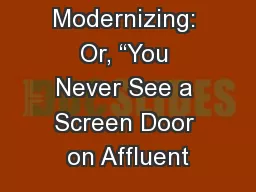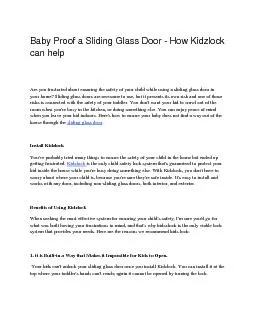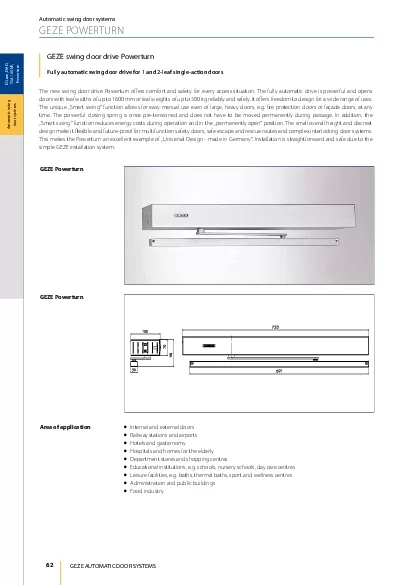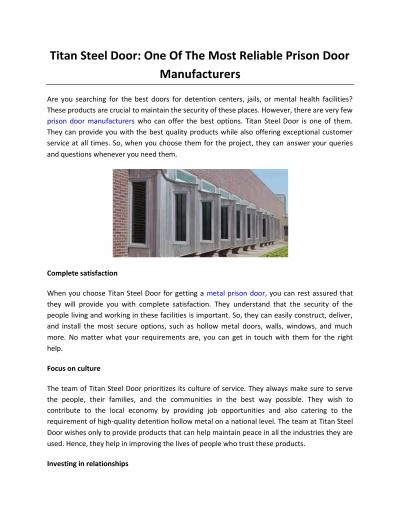PPT-Modernizing: Or, “You Never See a Screen Door on Affluent
Author : mitsue-stanley | Published Date : 2015-10-15
Elizabeth Collins Cromley Elizabeth Cromley bibliography Evers Alf Elizabeth Cromley Betsy Blackmar and Neil Harris Resorts of the Catskills New York NY
Presentation Embed Code
Download Presentation
Download Presentation The PPT/PDF document "Modernizing: Or, “You Never See a Scre..." is the property of its rightful owner. Permission is granted to download and print the materials on this website for personal, non-commercial use only, and to display it on your personal computer provided you do not modify the materials and that you retain all copyright notices contained in the materials. By downloading content from our website, you accept the terms of this agreement.
Modernizing: Or, “You Never See a Screen Door on Affluent: Transcript
Download Rules Of Document
"Modernizing: Or, “You Never See a Screen Door on Affluent"The content belongs to its owner. You may download and print it for personal use, without modification, and keep all copyright notices. By downloading, you agree to these terms.
Related Documents














